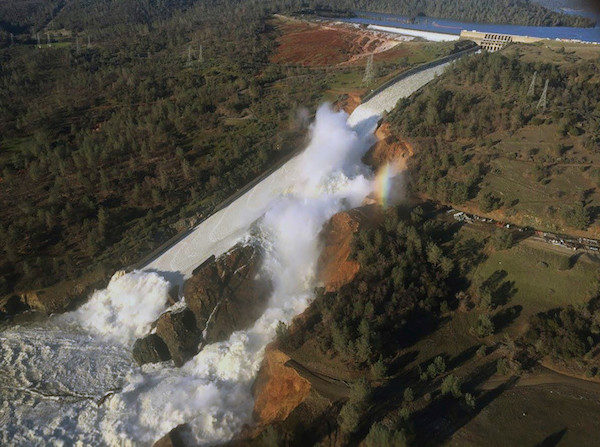
It's not just The Big One that has the power to wreak havoc on our roads, dams, bridges and transit, though. As this winter has proven, extended periods of heavy rains can do it too. In addition to the erosion at Oroville Dam which prompted the evacuation of 200,000 people, rains have worsened our already awful roads.
Even before Oroville, the state was putting forward a major proposal to fix the state's aging infrastructure. Recently, Gov. Jerry Brown revealed the details of a $100 billion infrastructure proposal to President Trump, asking for upgrades to roads, levees, veterans services, ports and more. The proposal is a catch-up wish list; the state's already in a $136 billion backlog of road repairs, according to the San Francisco Business Times.
In addition, according to the 2015 National Bridge Inventory, more than 2,000 bridges in California are considered "structurally deficient," which means one of the key elements of the structure is in poor condition. TRIP, a national transportation research group, found last year that 71 percent of major Bay Area roads were in poor shape, the worst in the nation. Clearly, there's a lot of work needed to bring California's infrastructure back up to snuff.



Reader Comments